If You Love Gardening And Flowers You’re Going To Be Baffled When You See These Peculiar-Looking Flowers That You Probably Haven’t Heard Of Before
We’re sharing our planet with lots of other species and it’s mind-blowing to learn about them. Even though we have very advanced technology today, there’s a lot to discover and we still don’t know all the animal or plant species out there. Thus, we get to learn something new every day. So today, we’re going to help you improve your knowledge about the world you’re living in. In the gallery below, you’re going to find 10 peculiar flowers found in the wild that we believe many of you haven’t seen or heard of. Would you even dream of having flowers shaped like baby bats, or Bratz doll lips? But they exist! However, it’s unlikely for you to come across them on your casual outdoor walk. They’re difficult to find, but that’s why they’re perfect to show us how magical nature can be. So without further ado, just scroll down and enjoy our gallery!
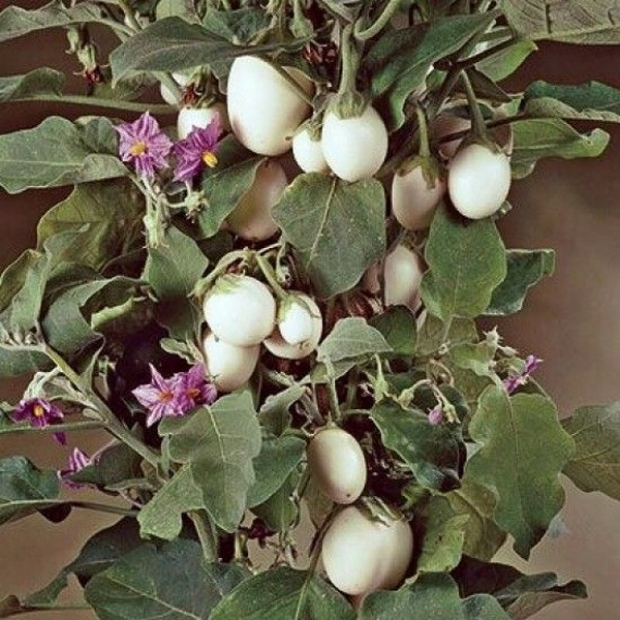
Solanum Ovigerum
This flower is also known by the name of “white- eggplant”. Even though eggs look like they’re sprouting from the branches, the plant is actually a specific variety of the aubergine. Another name for this plant is Ornamental Eggplant, and these “Easter eggplants” are indeed a miniature type of eggplant. The fruits of this plant are roughly the size of a hen’s eggs, and these small fruits start out white but then ripen into beautiful pastel shades such as cream, orange, yellow, and green.
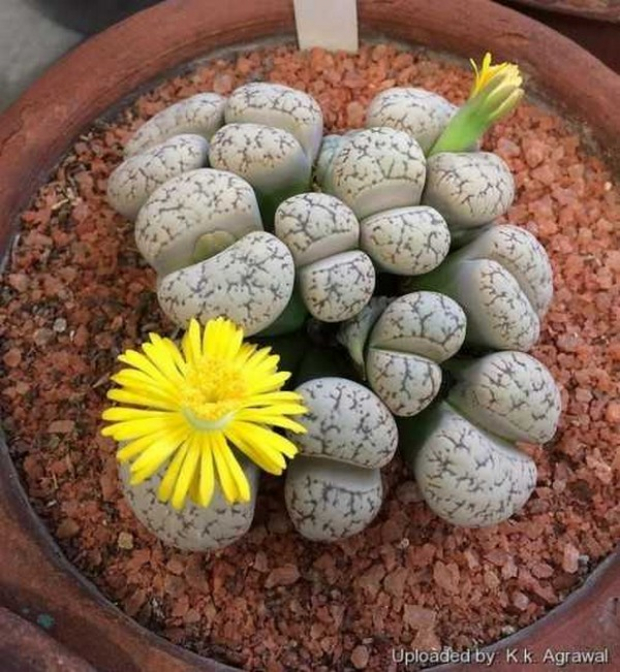
Lithops
This plant got its name from two Greek words that mean “stone” and “appearance”. It’s not hard to see why it got this name, don’t you think?
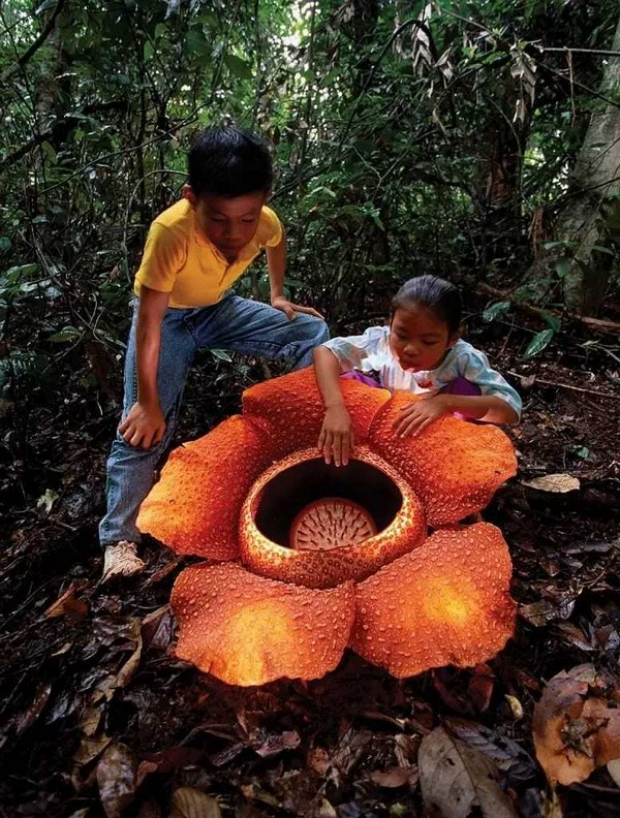
Rafflesia Arnoldii
This plant can be found in the rainforest of Indonesia and it’s a very peculiar plant, indeed. It’s a huge plant that has a red-orange color and it smells like rotten meat! Since it smells so bad, it’s also known as the cadaver plant. This plant is not capable of photosynthesizing, and it gets the water and nutrients it needs from a branch with long, thin ties that resemble fungal cells. The plant feeds on this branch for a couple of years before it blooms. The giant flower, which swells up several months before it blooms, eventually takes on the appearance of a bright red bucket with its huge ears.
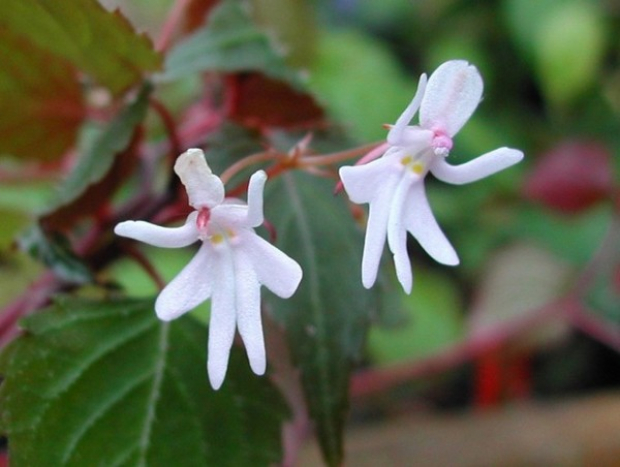
Impatiens Bequaertii
What you’re looking at in the picture is thought to be one of the rarest species of flowers in the world since its appearance. Its unique characteristic is the shape of its flower, which looks like a young dancer. It’s usually found on the African continent, and mostly on the eastern part of the continent, to be exact. This part of the world is its natural habitat and climate.
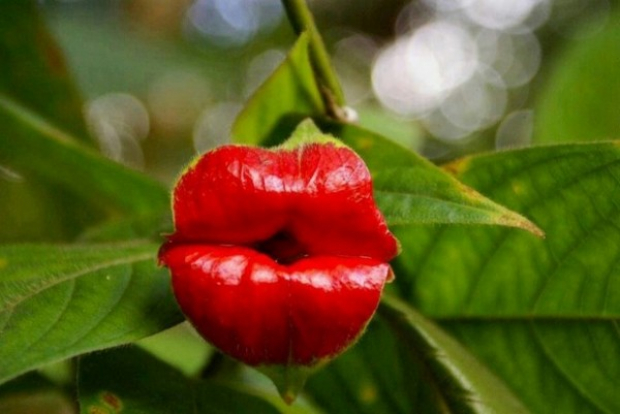
Psychotria Elata
Psychotria Elata, also known as the Kiss flower, is a gorgeous flower that’s shaped just like plump red lips. It has a very bright red color that looks like lipstick. This beautiful flower can be found in Central-South America and is part of the Rubiaceae family. However, sadly, this plant is at risk of extinction due to the increasingly invasive deforestation.
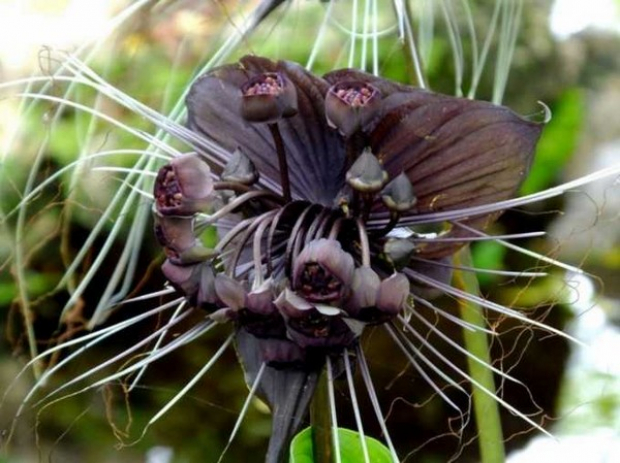
Black Bat Flower
So, this unique plant you see in the picture is called the black bat flower due to its shape, but some people also call it the devil flower. This flower is a member of the Taccaceae family and it’s a perennial plant. It’s native to Southeast Asia, and you can especially find it in the province of Yunnan, China. The predominant characteristic of this plant is its purple/black-colored flower. This plant dies under direct contact with sunlight.
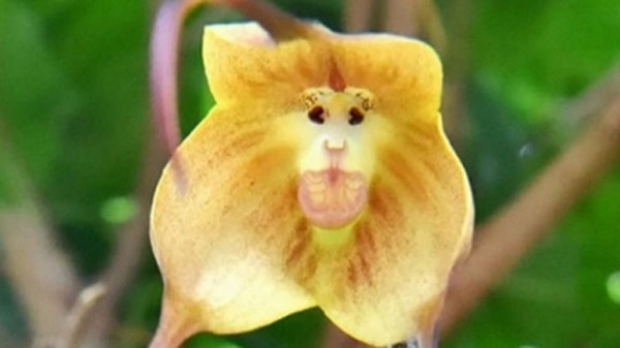
Dracula Simia
This plant is also known as Monkey Face Orchid, and it belongs to the Orchidaceae family. You can also find this plant mostly in Central-South America. Its flower looks like the face of a monkey, but its original name is Dracula Simia since it prefers shady forests, usually shrouded in fog, just like the notorious Count Dracula. Over 110 varieties of this orchid can be found in the Equatorial region and Peru. This plant grows between 15-30 cm tall. Its blossom season lasts from spring to fall. You need a cool dark environment for this plant to bloom. Also, they require a lot of care and patience just like all the other orchid species. Its flowers are usually spotted, multi-colored, and their overall appearance resemles a monkey’s face.
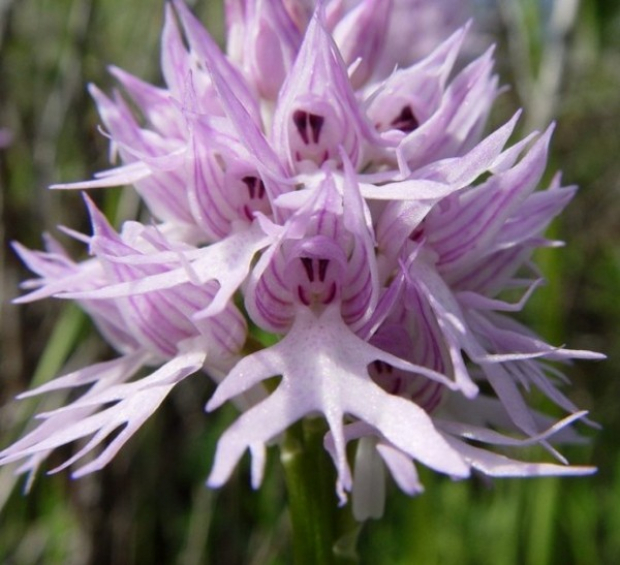
Orchis Italica
This plant is also called “the orchid of the naked man” because of the very peculiar shape of its flower. This flower also belongs to the orchid family, and it can be found on Italian soil, solely in southern Italy. This plant is mainly wild, and it’s also possible to come across it in North Africa and in all of those European areas with a Mediterranean climate.
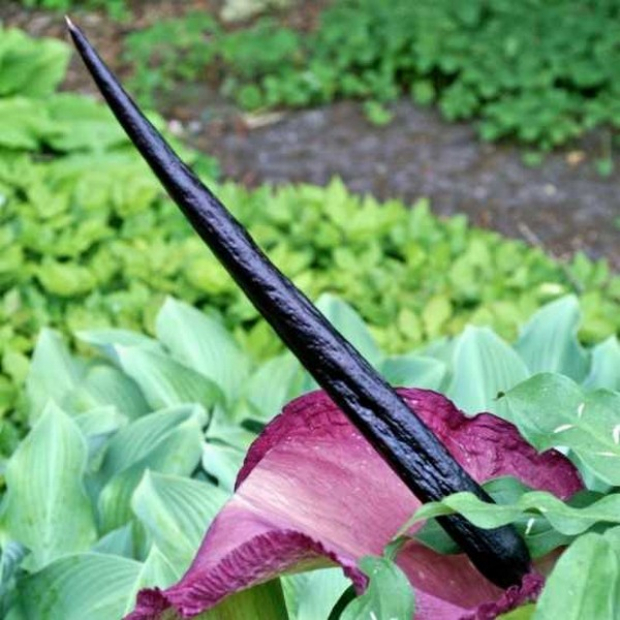
Dracunculus Vulgaris
This plant that originates from Greece resembles calla lilies a little bit because of its shape, but its flowers emit a foul smell to catch insects. It’s a really strange plant to observe, but only from afar. It’s a part of the Araceae family that spends the summer entirely in sleep. Thanks to its onion-like cores under the ground, this plant is totally compatible with the Mediterranean climate, which does not rain for months in summer and is very hot. Moreover, it is resistant to -28C degrees in winter. During the autumn chills and rainfall, the onion (corm) starts to become more and more active. During the process of rooting and sprouting, it stretches a thin stolon like a couple of meters of rope on the soil surface or just below the surface. Fresh mini-corms are formed on these stolons and they turn into leaves. Dracunculus vulgaris corms begin to develop quickly with big leaves in early spring, at the latest. A single big flower blooms on a stem of 30 cm to 1m in length. The flower can be quite big. The flowers also look very aesthetically pleasing. The leaves look like aralia leaves. It’s big, has five pieces, and you can see white lines on it here and there.
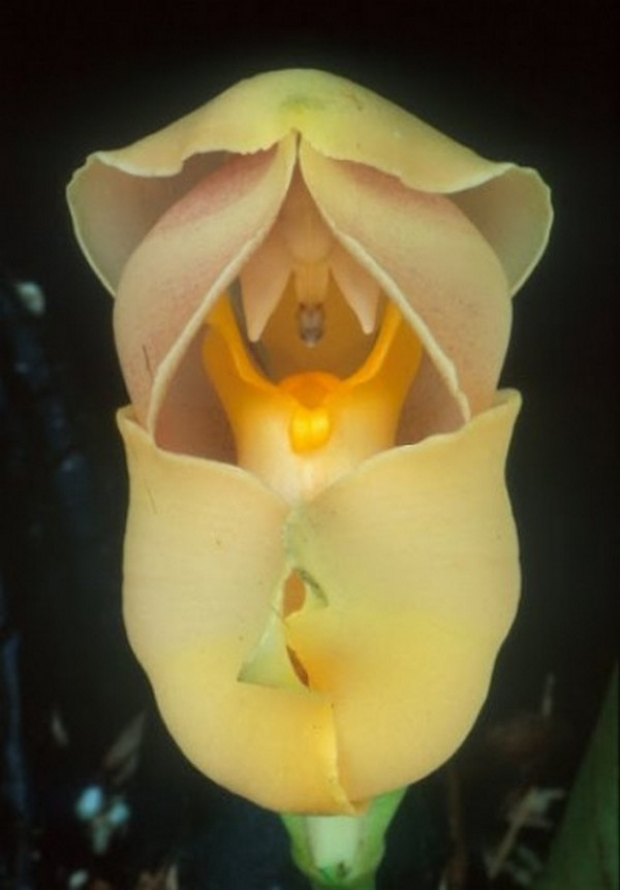
Anguloa Uniflora
So this plant you see in the picture is a member of the orchid family “genus anguloa”. Its main characteristic is the shape of its flower, which looks like a baby wrapped in swaddling clothes. This plant needs a lot of humidity, actually, its natural habitat is the wooded areas or rain forests of South America. A big, strong, cool to cold growing terrestrial species found at elevations of 1400 to 2500 meters from Venezuela, Columbia, Ecuador, and Peru in wet montane forests in deep shade, and in deep leaf mold, with accumulated, usually dark green with a satiny surface, longitudinally grooved pseudobulbs enveloped basally by 3 to 5, smaller, leaflike sheaths and carrying 2, apical, elliptical, plicate leaves that bloom after deciduous leaves fall in summer until early autumn on an erect, 6 to 10” (15 to 25 cm) long, mostly 2, inflorescence with 5 to 7 graduated, inflated, big bracts with ovate, acuminate, subinflated floral bracts all arising basally as the fresh growths appear in the late winter, and have a solitary, tulip-like, plump, fragrant, long-lasting flower held at mid-leaf height.

